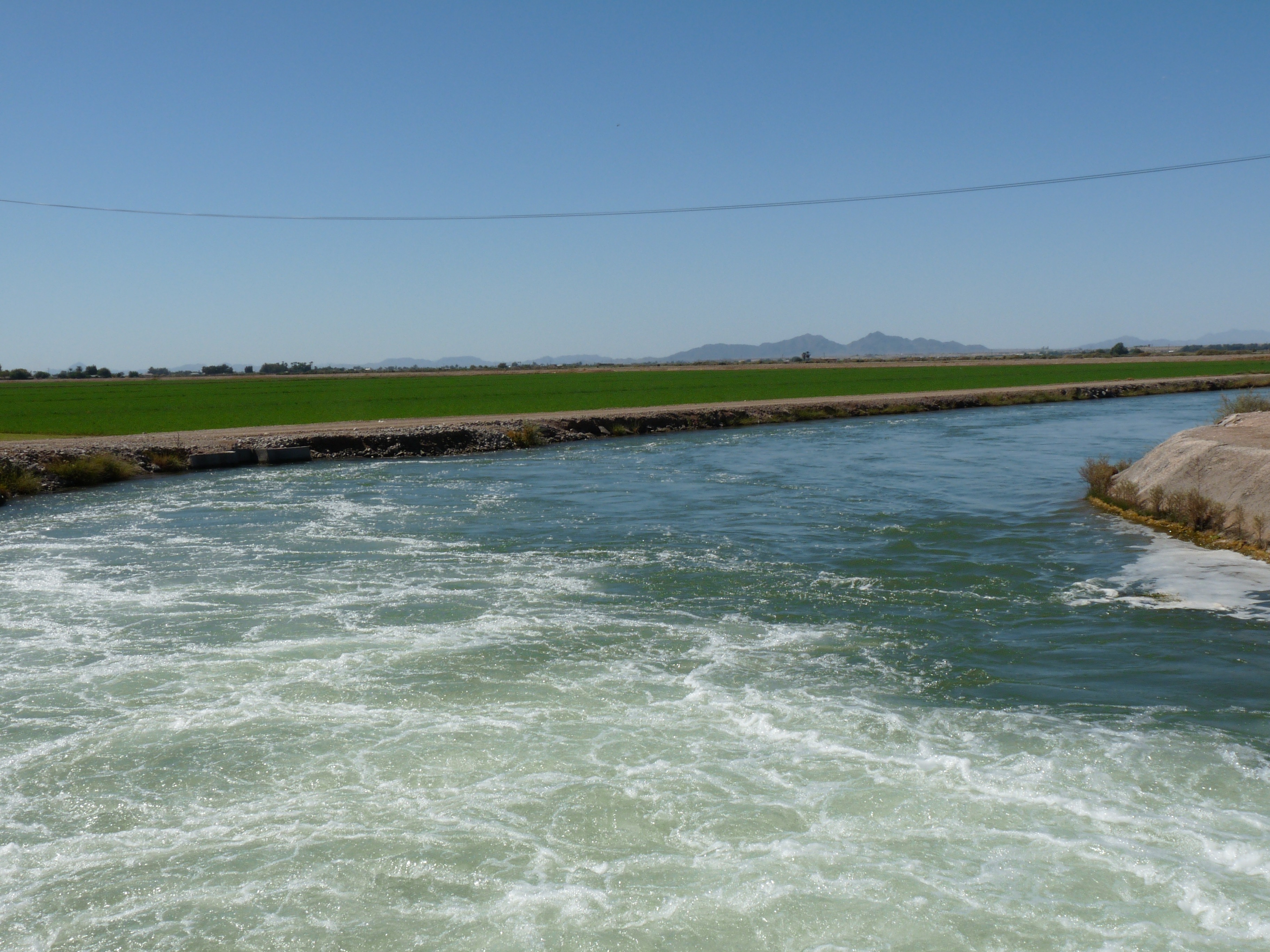Water Priorities Initiative Aims for 2018 Ballot
New Deadline for Water Priorities Ballot Measure
The California Water Alliance (CalWA) announced TODAY it has shifted its focus to qualifying the The Water Priorities Constitutional Amendment and Bond Act Ballot Initiative for the 2018 ballot instead of this fall’s general election, as originally planned.
With massive public support, CalWA has in a very short time succeeded in collecting more than half of the 585,407 signatures required to qualify the measure but fell short of today’s deadline to place the issue before voters this November, said CalWA’s executive director, Aubrey Bettencourt, who underscored that all signatures collected to date count toward the July 25, 2016 deadline for 2018 as well.
“While we certainly would have preferred to get this critical issue in front of voters this year, we have every confidence that we will be able to collect the remaining signatures by this summer’s deadline for 2018,” she said. “One of the benefits of setting a very ambitious timeline is that we have already surpassed the halfway signature mark and established a solid campaign operation, strong momentum and growing public awareness about the failed promise of the high-speed rail project and how to best fix California’s broken water system.”

Aubrey Bettencourt, executive director of the California Water Alliance
Additionally, Bettencourt said the signature gathering process for the water priorities initiative will become more productive and affordable now that the April 26 deadline has passed.
“The new deadline is turning out to be a blessing in disguise because the unusually large number of ballots in circulation had driven up costs to a ridiculous level,” she said. “The 2018 ballot will likely be less cluttered and provide Californians more time to focus and appreciate the benefits of the proposal.”
Recent polls show Californians strongly support terminating the Governor’s priority high-speed rail project and using its funds to provide people with more water.
“Our donors and volunteers are excited that we have a clearer path and more time to solve a problem that frankly has been 50 years in the making,” said Bettencourt. “This also provides our community leaders with enough time for Sites and Temperance to go through their approval process under Proposition 1.”
Information about the measure is available online at CaWater4All.com.
__________________________________________________
About the California Water Alliance The California Water Alliance is a statewide nonprofit organization dedicated to raising awareness about the nature of water and promoting long-term, sustainable solutions that meet the health and security needs of families, cities, businesses, farmers and the environment. To learn more, visit www.CaliforniaWaterAlliance.org.
__________________________________________________
About the California Water Alliance Initiative Fund Committee The California Water Alliance Initiative Fund Committee (FPPC ID#1381113), sponsored by the California Water Alliance, a non-profit IRC §501(c)(4) organization, is a state primarily formed ballot measure recipient committee organized to qualify two or more state ballot measures for the November 2016 ballot. It is permitted to accept unlimited, non-tax-deductible donations from individuals, corporations, partnerships, nonprofit organizations, and any other lawfully permissible sources. For more information and restrictions, please visit http://cawater4all.com/
__________________________________________________
Included at bottom of press release: Paid for by California Water Alliance Initiative Fund, with major funding by California Westside Farmers State PAC and Chris J. Rufer, Sacramento, CA











